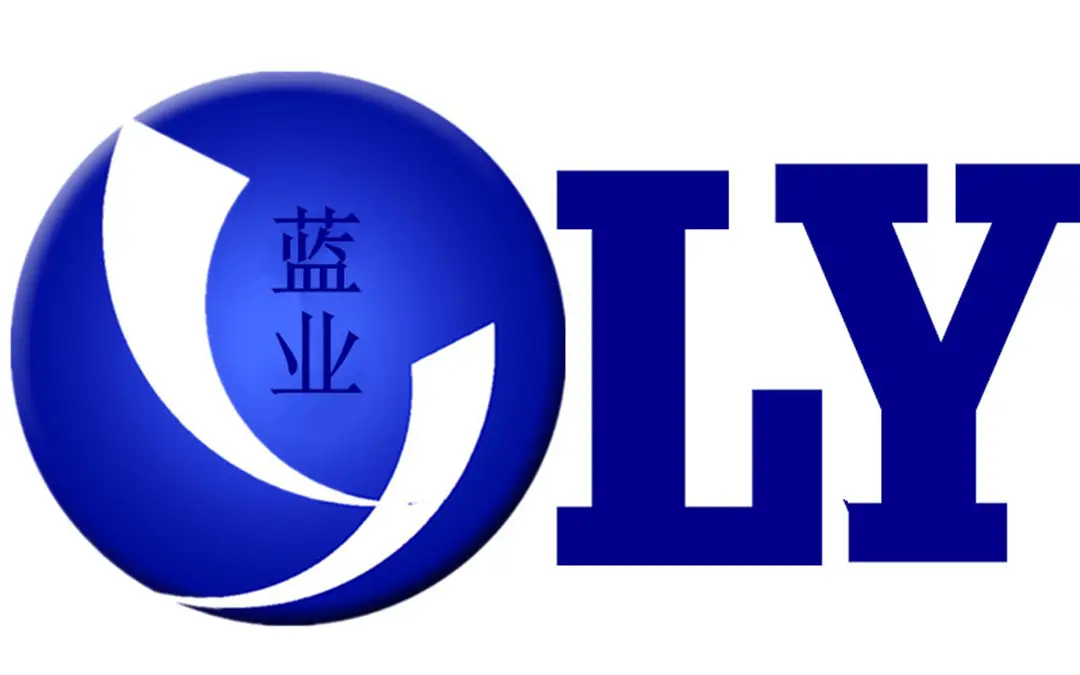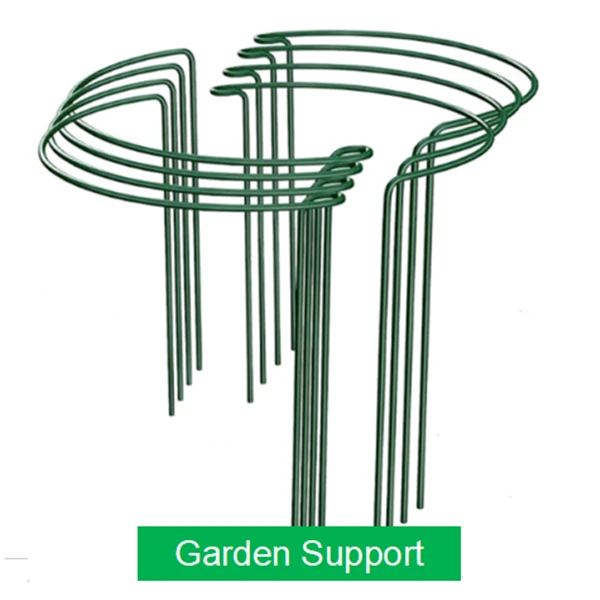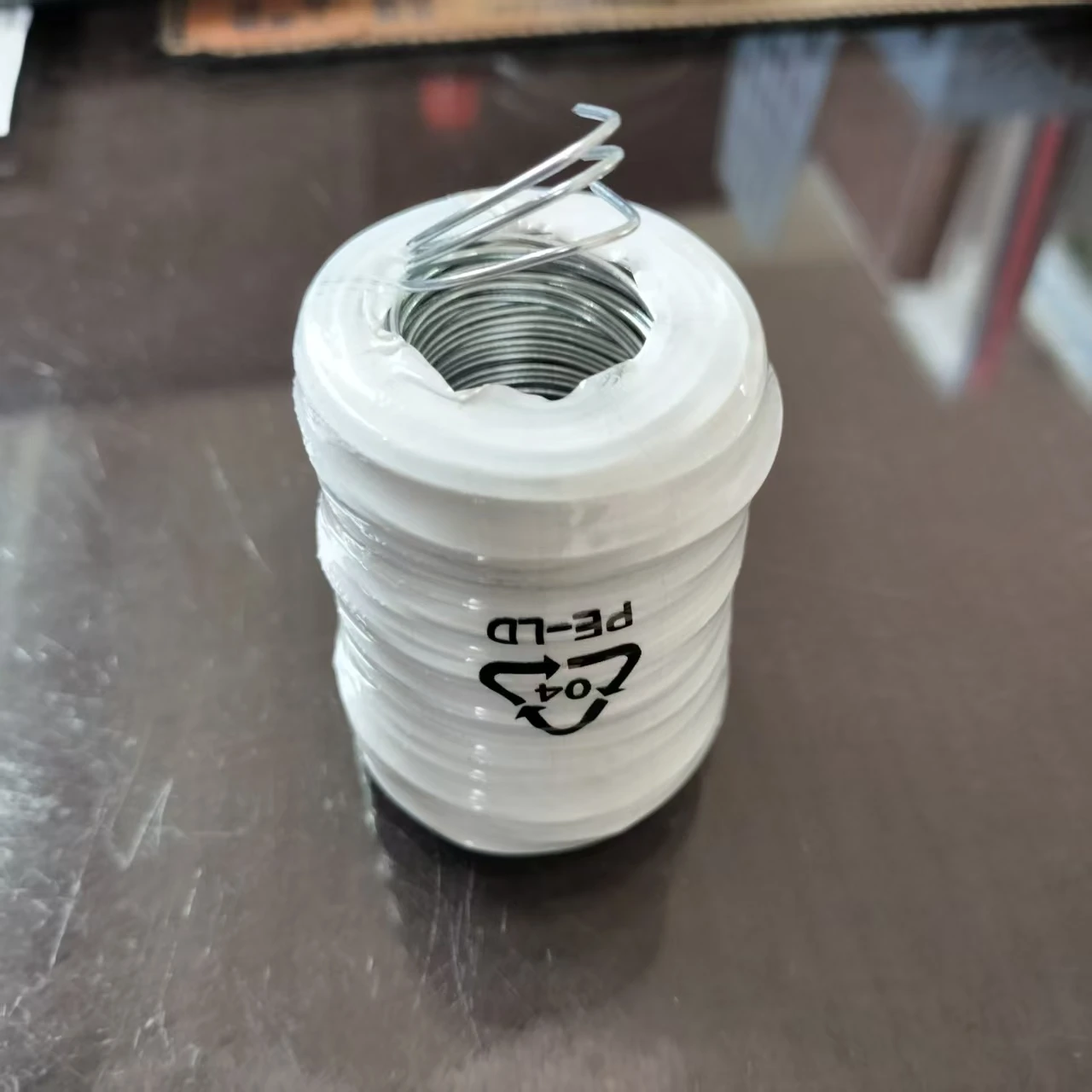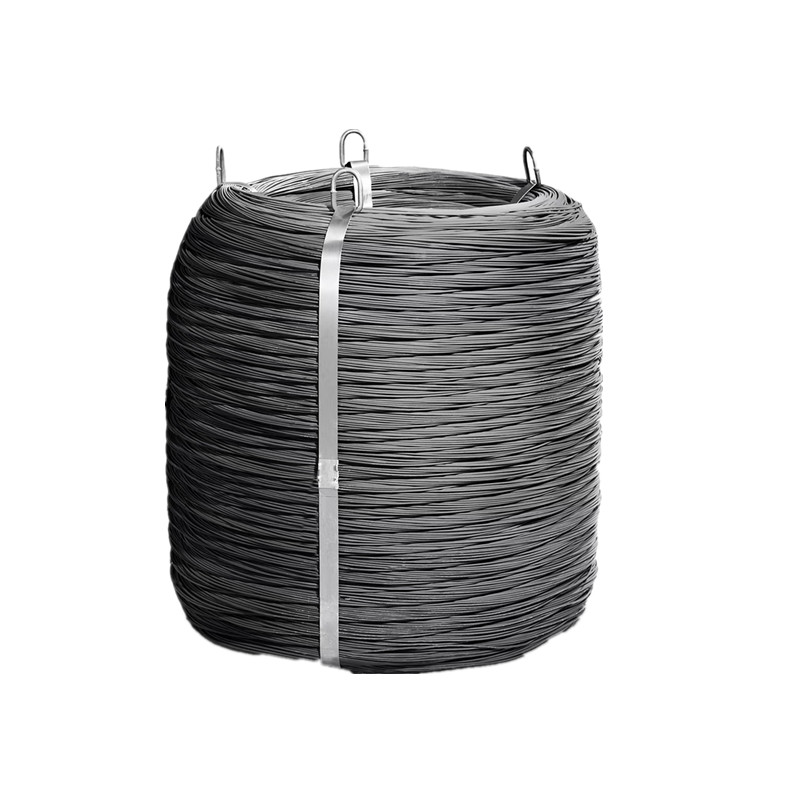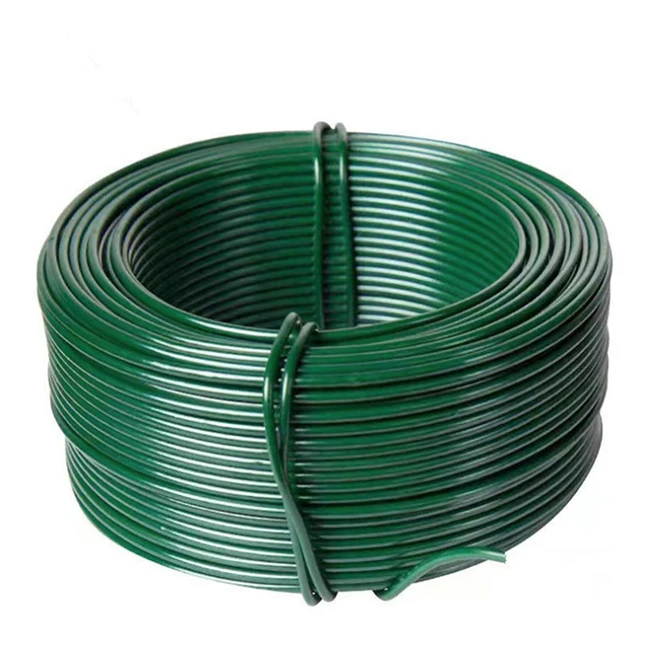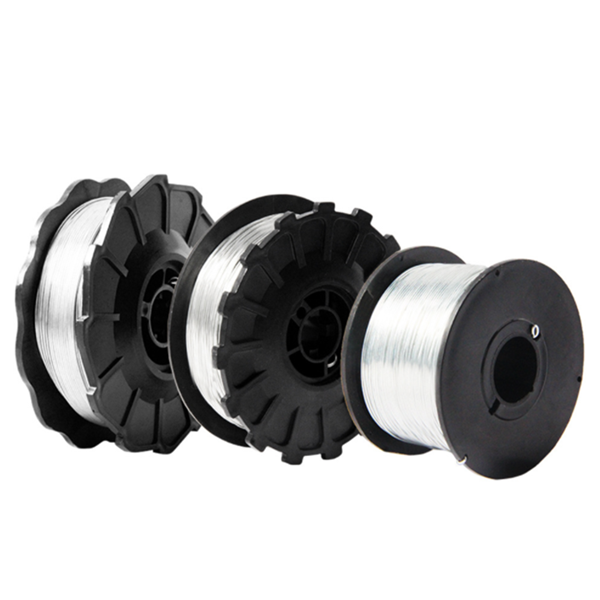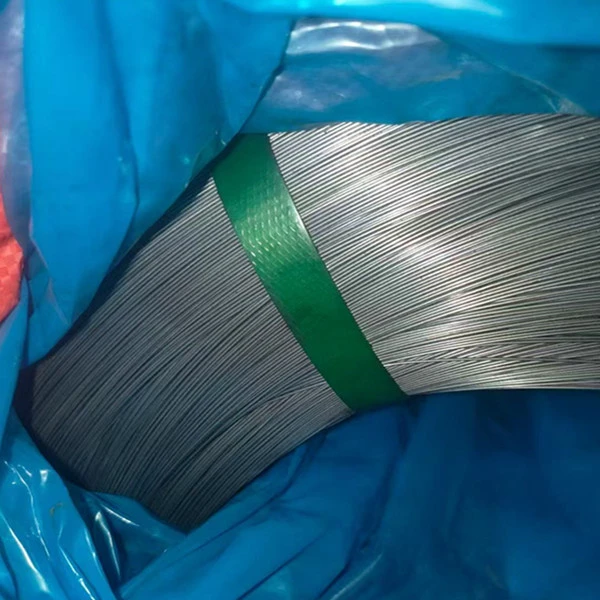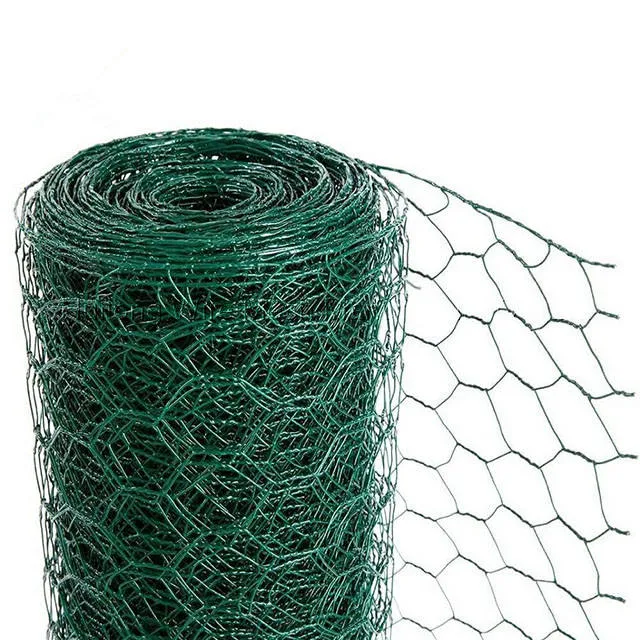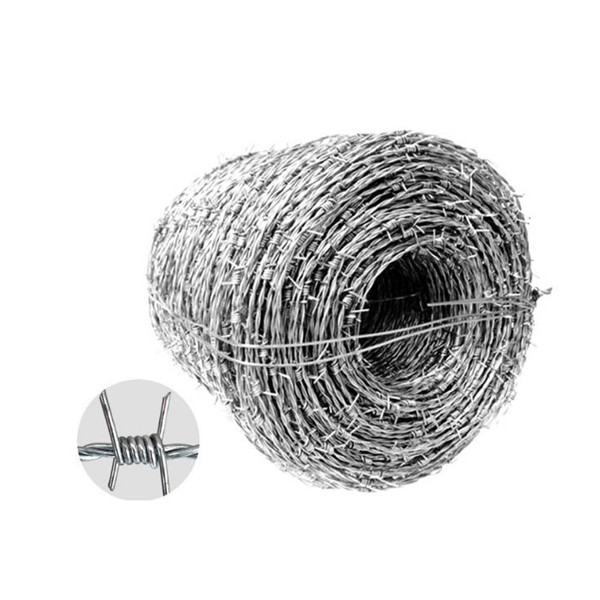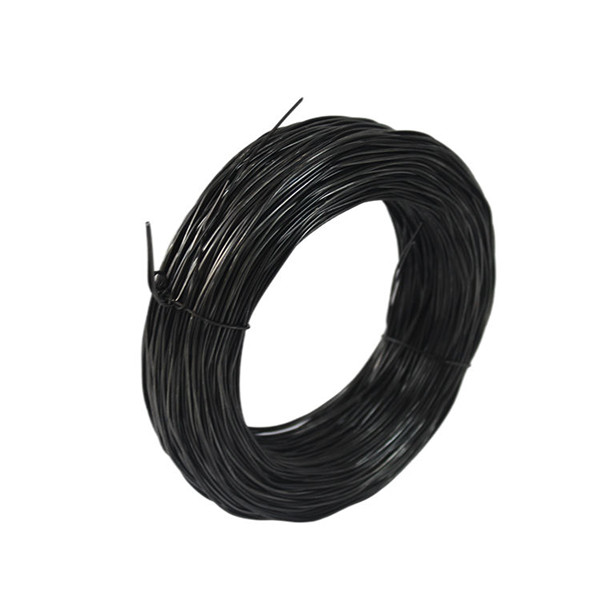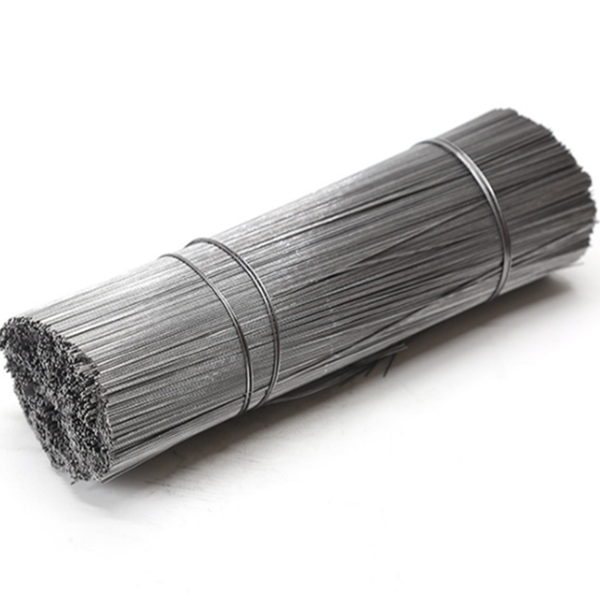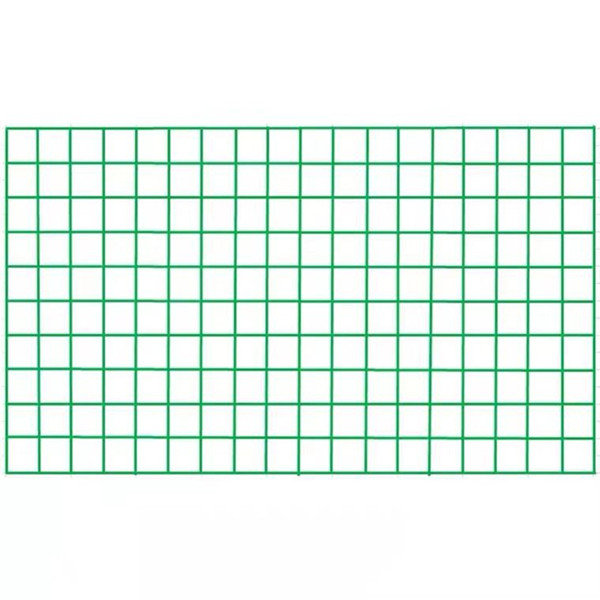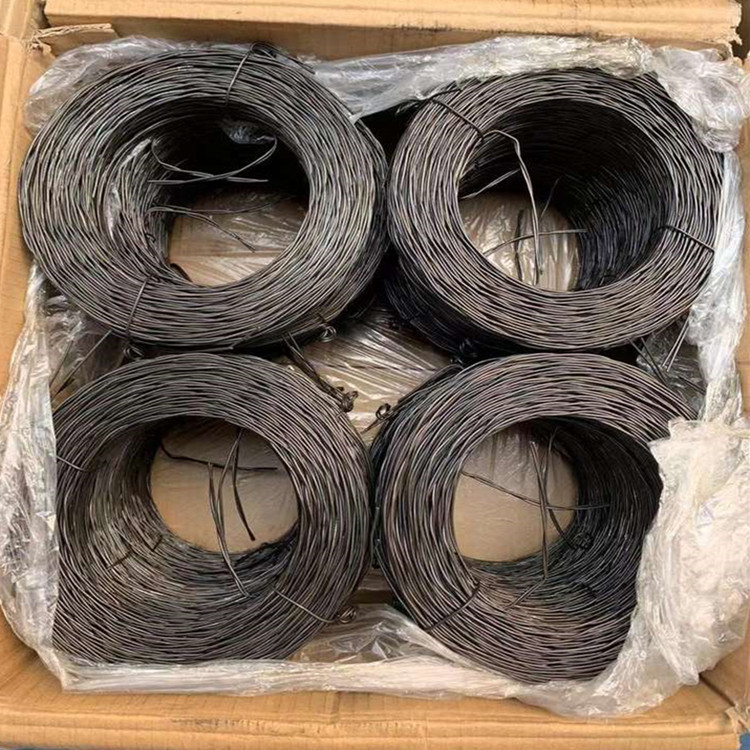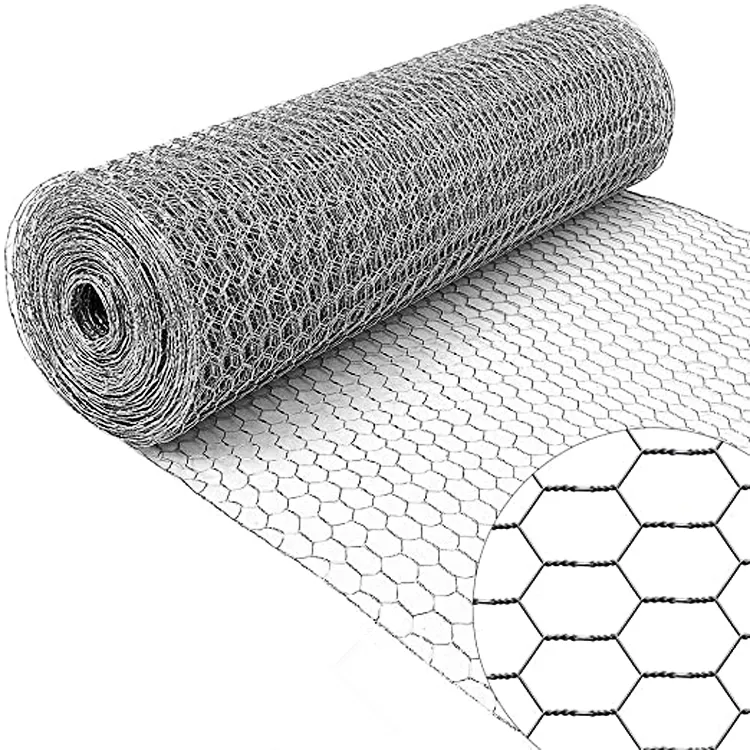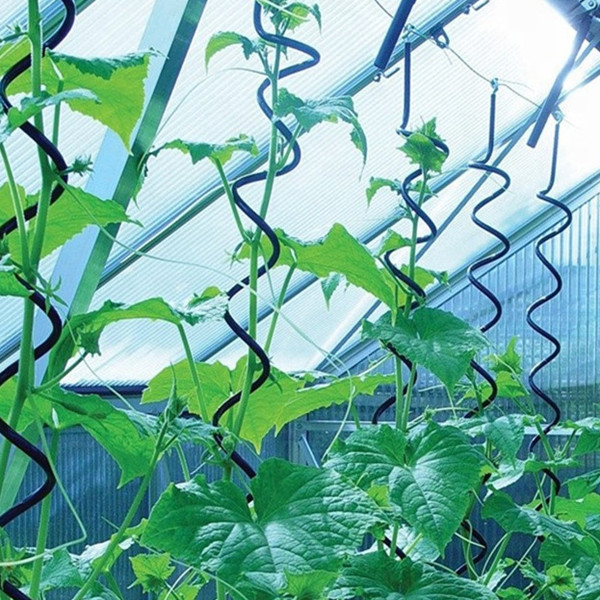A Field Report on White Annealed Wire: What Pros Actually Buy
If you handle tying, baling, or day-in/day-out binding on site, you already know: not all wire is equal. The bright, clean finish, the easy hand-feel—these are why crews keep asking for White Annealed Wire. Made in the Dingzhou Liqingu Town Liusu Industrial Zone, the latest batches I saw were softer, more malleable, and—surprisingly—packed with practical touches (like the polyethylene film on the spool) that actually cut waste.

What’s Different (and Why It Matters)
- Surface: white/bright and cleaner—less residue on gloves.
- Workability: softer draw + stable anneal = quicker ties, fewer breaks.
- Packaging: small hand coils and spools; polyethylene film isolates wire from air, helping prevent rust.
- Origin: Dingzhou’s wire hub—consistent lots, real QC.
On real jobs (rebar tying, vineyard trellising, warehouse baling), that combo translates to speed. Many customers say they shave minutes per bundle. It sounds tiny—until you run a full shift.

Process Flow (Quick but Technical)
Materials start as low-carbon wire rod (commonly Q195/Q235 or equivalents). The run typically goes: pickling → cold drawing → controlled annealing (protective atmosphere for the “white/bright” finish) → light skin-pass → spooling/hand coil → polyethylene film wrap → QC. Actually, that film matters; in humid warehouses it can be the difference between pristine wire and surface bloom.
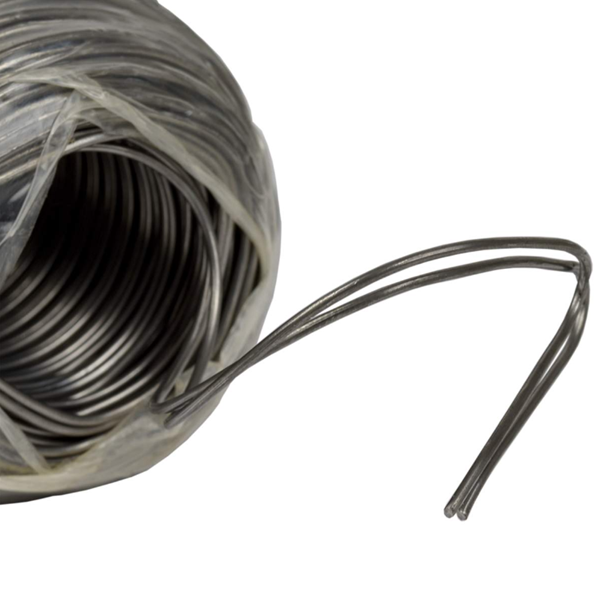
Specification Snapshot
| Diameter (≈) | 0.5–2.0 mm (other sizes on request) |
| Tensile Strength | ≈ 350–550 MPa (real-world use may vary by gauge/anneal) |
| Elongation | ≥ 18–30% (typical for soft annealed wire) |
| Coil/Spool Weight | 0.5–5 kg hand coils; larger coils available |
| Finish | White/Bright annealed, clean surface |
| Packaging | Polyethylene film + carton/bundle to reduce corrosion |
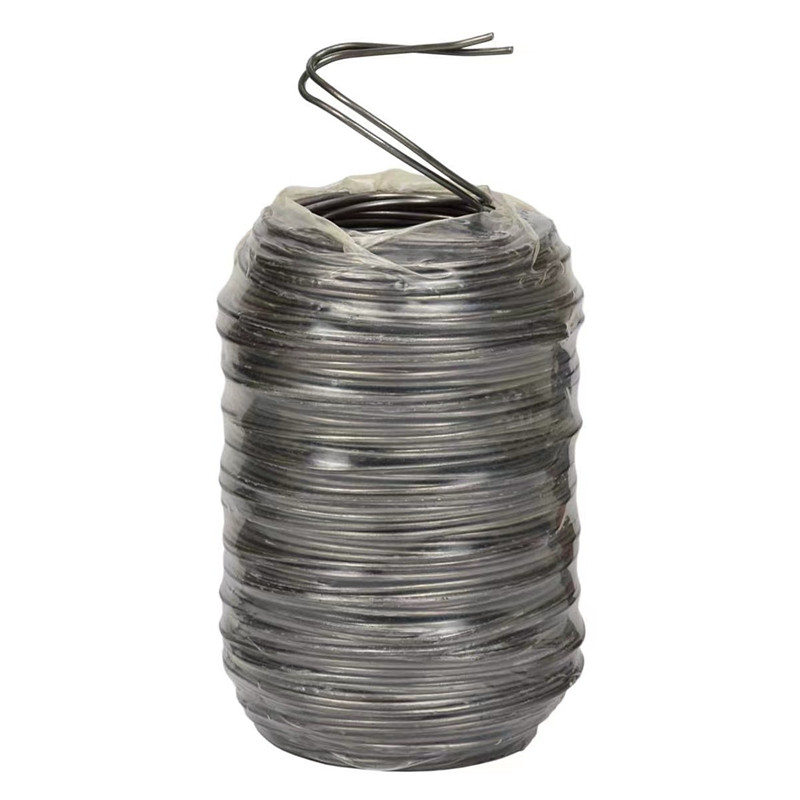
Testing, Standards, and Service Life
Typical controls reference ASTM A510/A510M (wire rod), ASTM A853 (low-carbon steel wire), EN 10218 (general wire requirements), and tensile tests per ISO 6892-1. Torsion tests and bend tests are routine. For corrosion risk during storage, some vendors spot-check via ISO 9227 salt spray on packaging systems, not the bare wire. Stored dry and wrapped, White Annealed Wire usually keeps performance 12–24 months; unwrapped in humidity… not advised.

Where It’s Used (and Why Crews Like It)
- Construction: rebar tying, mesh fastening.
- Logistics: baling cardboard/plastics.
- Agriculture: vine training, fencing repairs.
- Manufacturing: general binding, workshop fixtures, craftwork.
Feedback? Many crews say ties “set” cleaner with fewer kinks. One buyer told me their breakage rate dropped by “about a third” after switching to White Annealed Wire—I guess technique plays a role, but the metal helps.

Vendor Comparison (condensed)
| Factor | Lanye Wire Mesh | Generic Importer A | Local Re-roller B |
| MOQ | ≈ Small to medium | Medium+ | Small |
| Lead Time | Fast, stable | Varies | Limited capacity |
| QC/Traceability | Batch-level tests, COA | Basic | Basic–mid |
| Customization | Diameters, coil weight, packaging | Limited | Some |
| Certifications | ISO 9001; RoHS/REACH on request | Varies | Limited |
Customization Tips
Ask for exact diameter (e.g., 1.2 mm), anneal level (soft vs. extra-soft), coil weight matched to crew ergonomics, and that polyethylene film wrap. To be honest, the small hand-friendly spool is underrated—it cuts fatigue.
Citations
- ASTM A853/A853M – Steel Wire, Carbon, for General Use.
- ASTM A510/A510M – General Requirements for Wire Rods and Coarse Round Wire.
- EN 10218-1 – Steel wire and wire products: General.
- ISO 6892-1 – Metallic materials — Tensile testing.
- ISO 9227 – Corrosion tests in artificial atmospheres — Salt spray tests.



